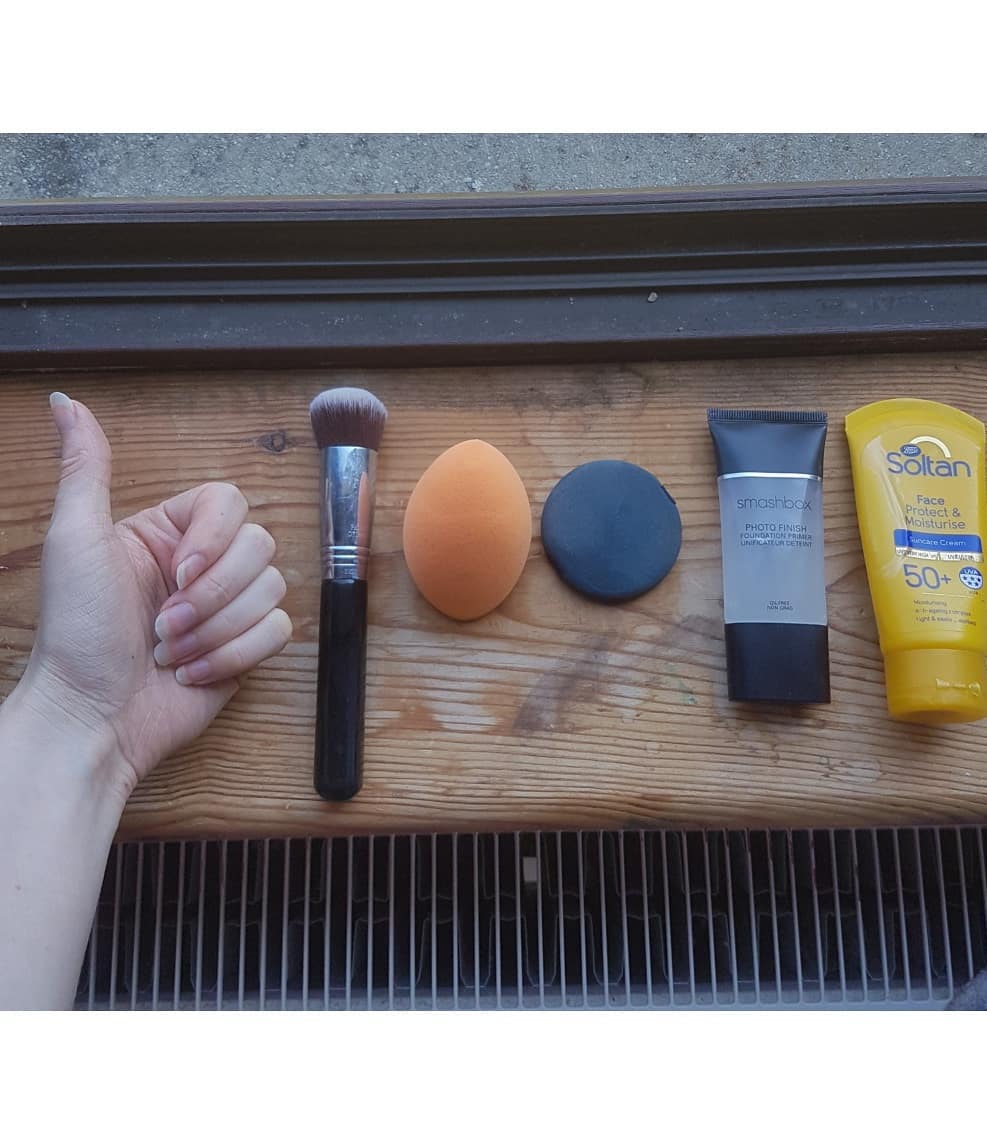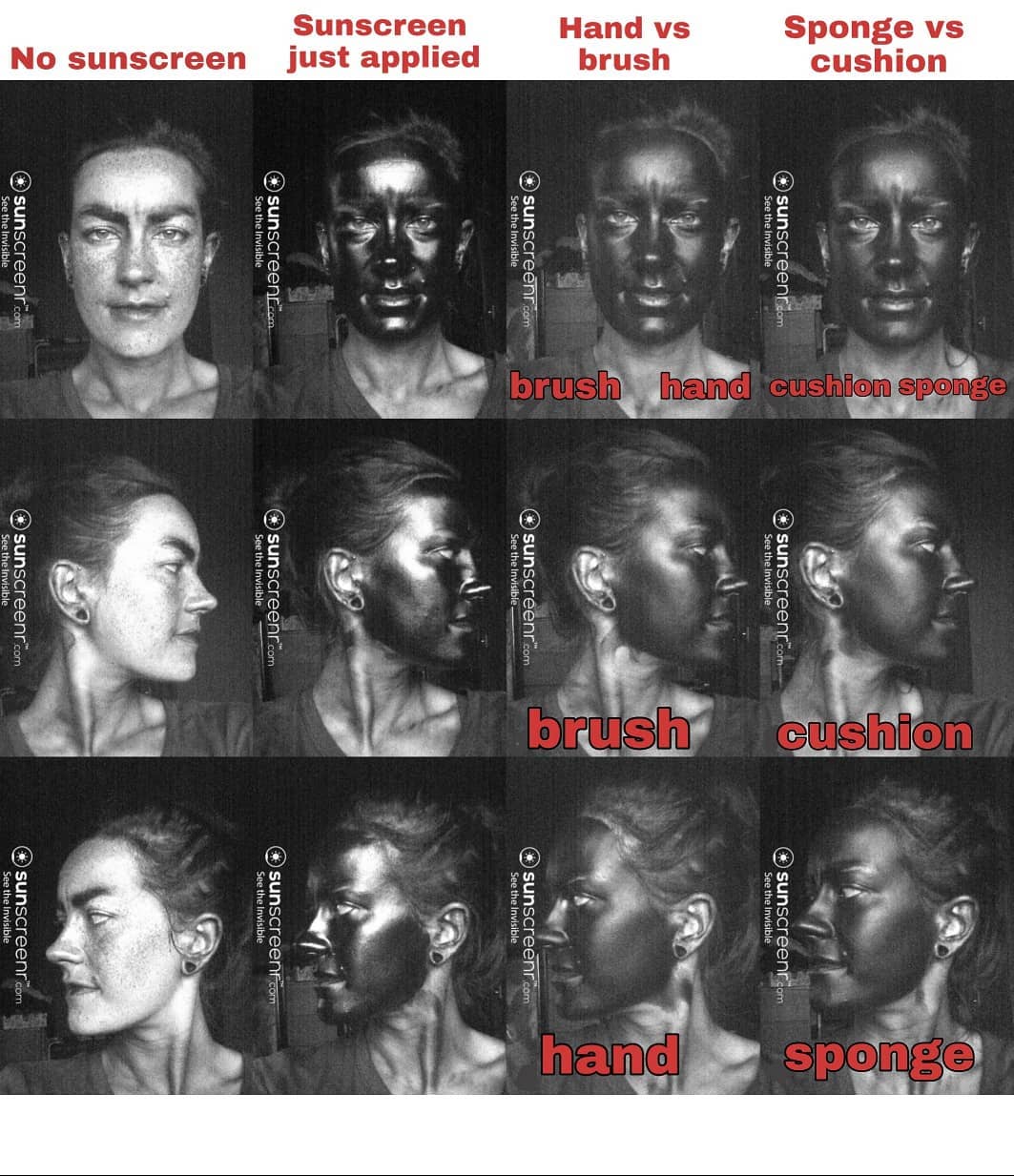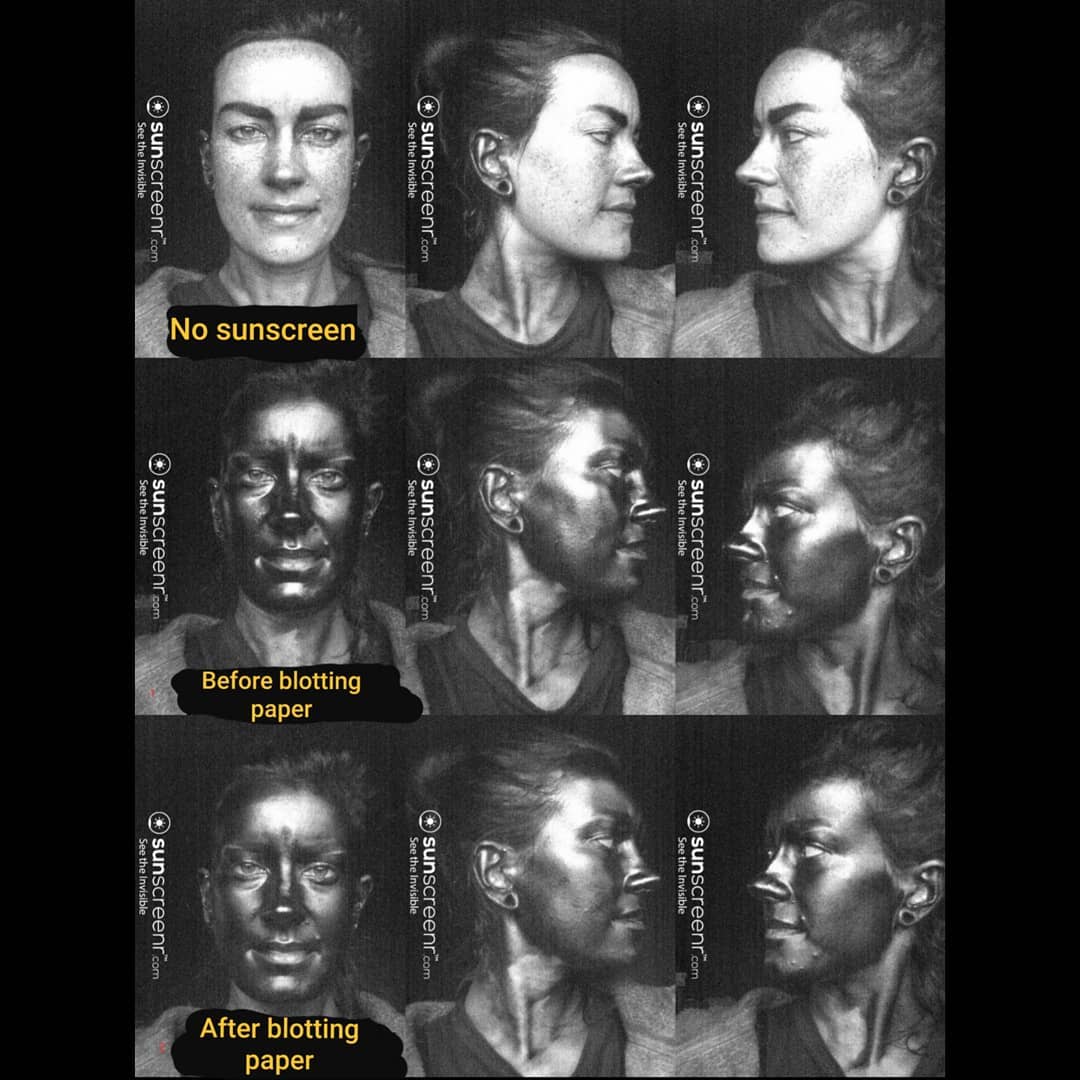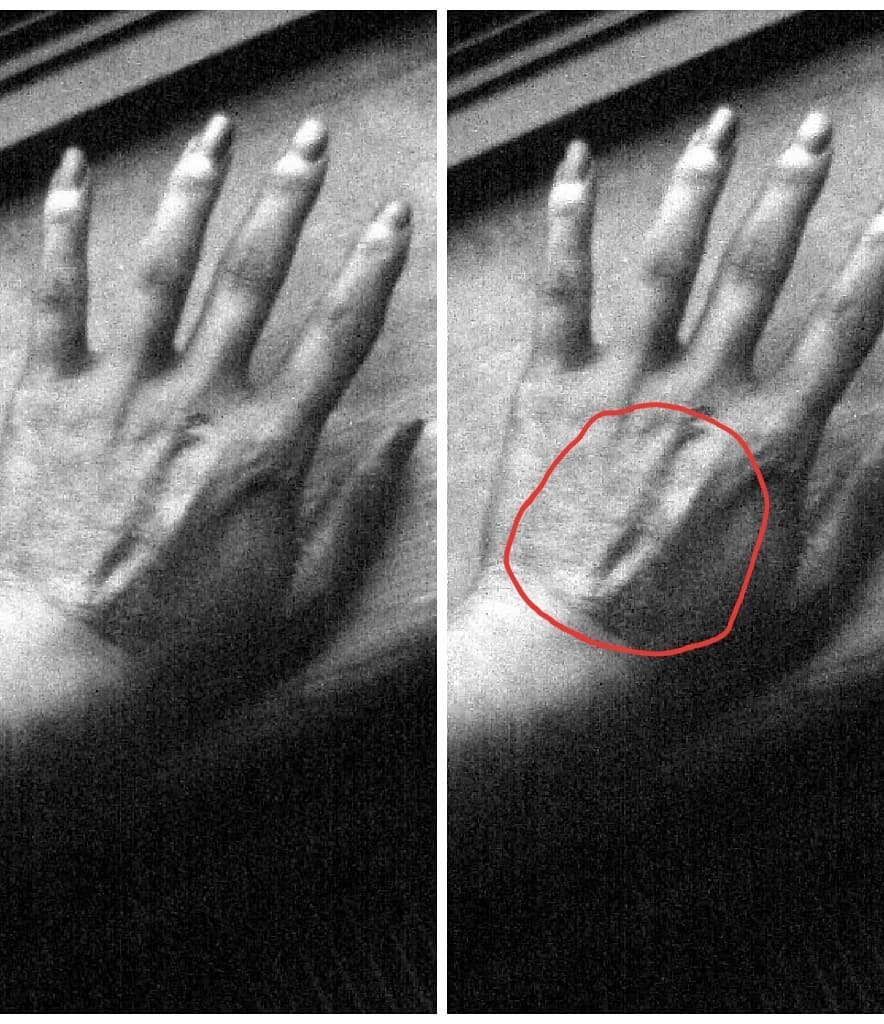SPF 50+ sunscreen is EVERYTHING when it comes to fighting hyperpigmentation and slowing down the aging process but dealing with the greasiness is something that worries some of us. The higher the water resistance and UVA rating on a sunscreen, the higher the likelihood of it leaving you looking like a grease ball.
Over the past few months I’ve tried blotting sheets and mattifying primers to help deal with the greasiness from my sunscreens but I always fear that the application of these two products maybe be affecting the layer of sunscreen on my skin, which needs to stay even all day to offer maximum protection.
Luckily @cyrille_laurent was able to point me in the direction of an instagram user that blogs about the effectiveness of certain sunscreens using a UV camera. Amyvancheese is a self proclaimed SPF Fan Girl.
So if you’ve ever wondered what the possible effect of using blotting sheets to the reduce the shine of your sunscreen, please see the post below.
Blotting Sheets & SPF 50+Sunscreen
In the event, this instagram page is deleted, here’s the picture and text from said post
Blotting sunscreens – befores and afters! Firstly, please excuse the remnants of the sunscreen I thought I’d removed all traces of pre test. Instead, my eyebrows look wack and my neck looks pretty blotchy in the “no sunscreen” pics.
First line: I’ve included images of my face before sunscreen just so we have a nice base to compare things to.
Second line: The images shown in this line were taken before blotting. I tested two separate sunscreens here. On my right side (so left side in image) I applied Boots’ Soltan Face Sensitive Protect SPF 50+. This stuff is THICK, like paste. And it’s really quite greasy so was a good candidate for a bit of blotting. On my left side (so right side in image) I applied La Roche Posay’s Anthelios Ultra Comfort Cream SPF 50+. This one is more of a lotion consistency. I deliberately selected lotiony vs pasty here as I wanted to cover more than just the one type. I applied 1/8 of a teaspoon of each product!
Third line: Results post blotting. There is some weakening in the protection of both sides as you can see. We’re left with a lighter colour, therefore lighter protection. Still though, what’s left behind remains very impressive! FYI – I waited 20-25 before I starting blotting in order to allow the sunscreens time to settle and form a film on my skin. Also, I used one blotting paper per side .
Notes: Gosh, those who don’t have an issue with alcohol in sunscreens really have it nicer. I’ve been trying desperately to track down a lovely alcohol free product with great coverage (including a known, high PPD rating) that isn’t grease city and doesn’t leave a white cast and so far I’ve been unsuccessful.
I’ve tried, loved and also had a reaction to the alcohol-containing LRP Comfort Cream in the past but heck, I think I’ll throw caution to the wind and try it again, because I really did love it. I’ll whip out my Avene Rich Skin Recovery Cream for use underneath it in the hopes that it’ll act as a lovely, moisturising barrier between that alcohol and me
MakeUp Foundation and SPF 50+ Sunscreen
Using a brush to apply makeup or foundation is one apparent way to disrupt the layer of sunscreen on our face but does it really disrupt the layer? This is what she puts to the test in this post where she compares applying foundation with a hand, a beauty blender, cushion puff and brush.
Enjoy
In the event, this instagram page is deleted, here are the pictures and text from said post


Foundation (sorta – explained below!) application methods and their effect on sunscreen. Hand vs brush vs damp sponge vs cushion.
Alright, the sorta foundation: well it wasn’t foundation at all. It seems every foundation I’ve looked at via the cam has appeared as white. Many, if not all?, use some amount of physical filter(s) as pigment, and/or for UV protection if they claim SPF benefits I guess! I had previously seen that the Smashbox primer was basically invisible via UV (seen in the third attached image – I’ve circled the area over which I applied the product on the back of my hand), so I decided it would be best to use this in place of a foundation to see the effects of foundation application methods on sunscreen, in the hope that it would act very much the same.
You can see in the second image that the sunscreen I used, Soltan’s Face Protect and Moisturise SPF 50+ UVA 5 stars appears very shiny. That’s also the case off camera, leaves a wet look all day But it’s definitely moisturising with no white cast at all, so it’s certainly not the worst. Anyway! You can see that the primer has quite a mattifying effect.
The results of this test show that thankfully, it’s not a case of there being little to no sunscreen left behind having used the methods I tested. HOWEVERRR! There are things that’ve gotta be noted! I used only one sunscreen here. It might well be that another one would crumble during this test (Hada Labo UV White Gel, perhaps!?), therefore it’s a test I plan to repeat. Another however is that the Sunscreenr cannot tell us how thick a layer of coverage is left behind. Yes, it can show us thin, streaky layers like that of Skin Aqua, but we can’t say looking at this image that the 2mg/cm2 layer I applied wasn’t compromised.
Wearing foundation means you’re not going to manage reapplying your sunscreen lotion/cream/milk/stick, therefore you’re left with SPF powder and SPF mist as the main options. Between these two, a mist would be my personal preference for top-ups throughout the day. I’d recommend applying a layer of top-up after makeup application, just in case.
FYI – I waited 20 mins after sunscreen application before testing!
Credit: A big thank you to Amyvancheese for giving me permission to turn her informative instagram posts into a blog post. Don’t forget to check out her other sunscreen reviews.
You’ll also like:
- Bondi Sands SPF 50+ PA++++ Sunscreens Reviewed
- Tizo Sunscreen Review: White Cast Test On Dark Skin
- Cotz Flawless Complexion SPF50 Lightly Tinted Sunscreen Review - Dark Skin Application
- Three Reasons Why SPF50+ Is Better Than SPF 30 and Below
- Ambre Solaire Kids Wet Skin Lotion SPF50 Review -Sunscreen for Wet Skin
Please share this article to help others. Thanks

